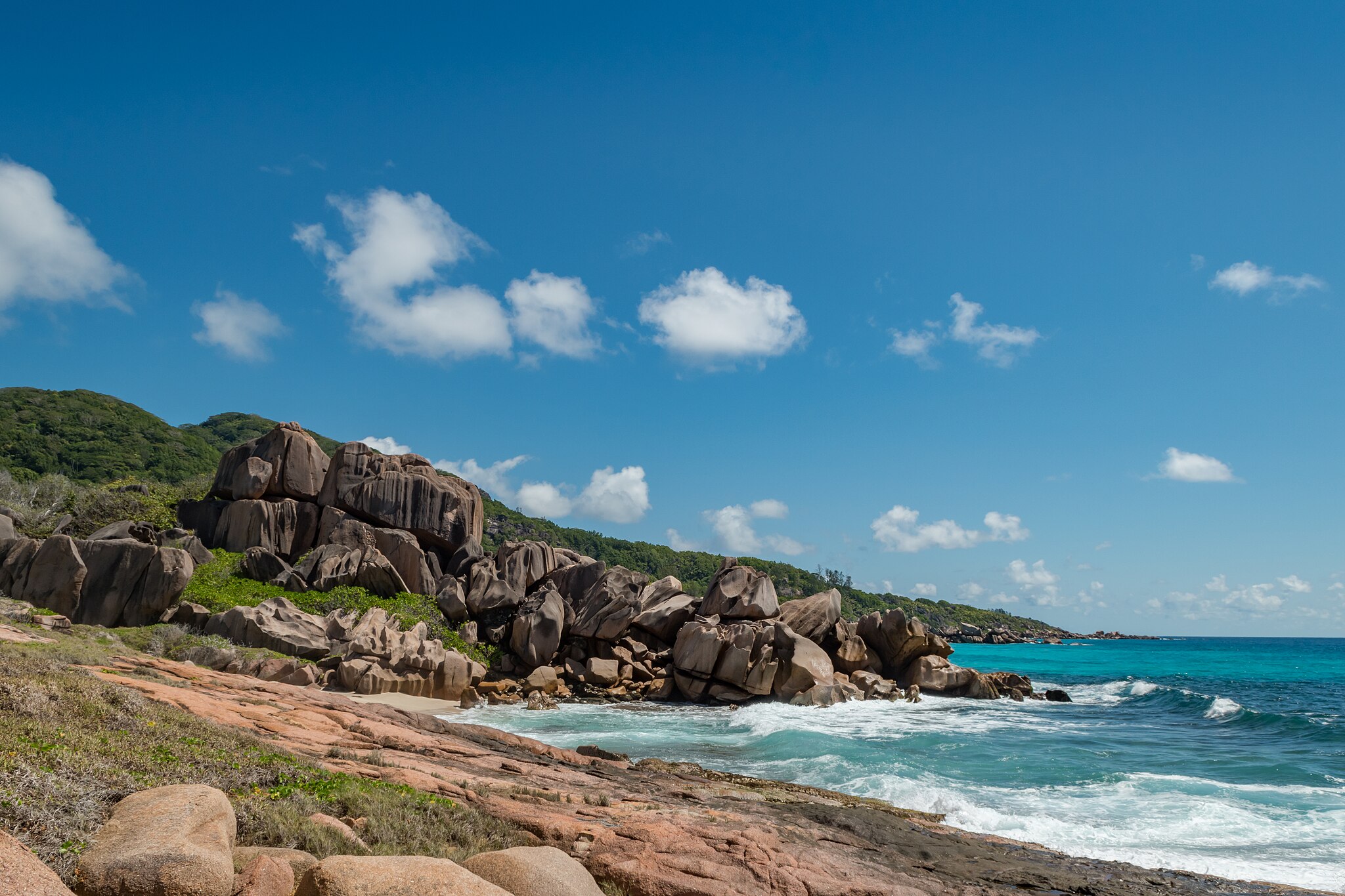Excerpt:
As human-caused climate change remakes the world’s coastlines, these fossil relics from Earth’s past are helping scientists understand how future sea level rise could unfold.
By studying the long-dead coral reefs, researchers have revealed not only how high sea levels can reach, but where the deluge will hit hardest. As temperatures surge and ice sheets melt, the fossils show, the oceans won’t rise evenly around the planet. Instead, the loss of polar ice will trigger profound changes in Earth’s gravity and shape — which, in turn, will create dramatic disparities in where ocean water flows.
But the most worrying lesson from this research may lie in the differences between the time of the corals and today. Researchers warn that the warming brought about by human-generated greenhouse gas emissions is unlike anything that has previously happened in the Earth’s history. That means modern sea level rise may not exactly mirror what happened last time — it might be worse.
‘All this could be covered again’
In all the world, there are no islands like the Seychelles.
Most oceanic islands are volcanic, formed by magma that wells up as tectonic plates drift over hot spots in the Earth’s mantle. Others are coral atolls — low-lying, ring-shaped landforms created when sea level drops below the surface of a reef.
But the Seychelles are fragments of an ancient continent dropped in the middle of the sea. Hundreds of millions of years ago, the granite peaks that make up much of the archipelago — including the main inhabited islands of Mahé, Praslin and La Digue — were sandwiched between India and Madagascar in a giant landmass known as Gondwana. When the supercontinent broke apart, and India drifted northeast to its current position, the Seychelles were scattered behind like breadcrumbs.
Isolated by the wide blue expanse of the Indian Ocean, the Seychelles became a haven for plants and animals found nowhere else: 500-pound tortoises, opulent rare birds, a palm tree that produces the heaviest seeds on Earth. When early European colonists first encountered the islands, the shimmering coastlines and lushly forested mountains reminded them of the biblical Garden of Eden. Today, some 300,000 foreign tourists — three times the Seychelles’ population — flock to the country’s beaches every year.
To Andrea Dutton, a geologist at the University of Wisconsin at Madison, the Seychelles’ geologic singularity made it the perfect place to conduct research on ancient sea levels. The granite landmasses do not sink in the manner of atolls and volcanic islands, which subside as they drift away from the mantle plume that created them. The islands were also far enough from former ice sheets that they were less affected by changes in the Earth’s shape caused by ice pressing down on the crust.
“The Seychelles was really a serendipitous find in many ways,” Dutton said. The islands’ long-term stability made them ideal for comparing sea levels from ancient times to those seen today. If researchers found evidence of a reef on land that is now above water, they could be relatively certain it wasn’t because the land had moved — it was because the oceans had changed…









